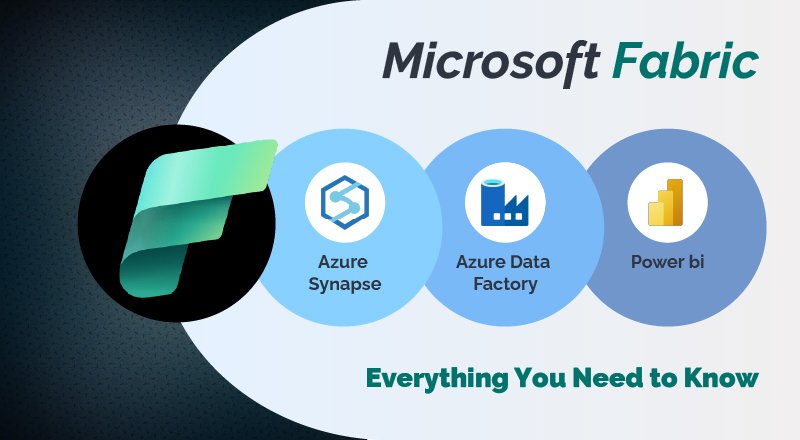The contemporary enterprise relies heavily on data, amalgamating information from various organizational sources and utilizing business analysis tools to furnish insights for pertinent inquiries. The integration of real-time data access and predictive analytics based on historical data has become paramount.
Central to the provision of such tools is the establishment of a common data layer or “data fabric” across the enterprise, consolidating diverse data sources into a single queryable repository. This data fabric serves as a baseline of truth, supporting both immediate dashboard views and machine learning models for trend identification and issue detection.
Microsoft has taken a significant step in this direction by consolidating its data analysis tools under the Microsoft Fabric brand. Leveraging cloud-hosted data lakes and the Delta table format within the Apache Spark engine, Fabric aims to make big data concepts accessible to a broad spectrum of programming languages and specialized analytics tools, including Power BI for visual data exploration and complex queries.
In the initial preview releases, Microsoft focused on building robust data lakehouses essential for at-scale, data-driven applications. The emphasis on data engineering is crucial, requiring substantial groundwork to prepare the data estate before embarking on the development of more intricate applications.
As Microsoft Fabric evolves, recent updates have shifted focus to the developer side, introducing features that integrate with familiar developer tools and services, extending Fabric’s reach to data scientists. Power Query in Power BI, a pivotal tool in Microsoft’s data analysis platform, enables quick and efficient extraction of relevant data across multiple sources. Additionally, the introduction of the semantic link feature acts as a bridge between data-centric and data science tools, connecting Power BI datasets with Azure’s data science platform.
This integration facilitates collaboration between business intelligence (BI) and data science teams. While the BI team employs tools like DAX to construct report datasets, data scientists can leverage Python’s Pandas and Apache Spark APIs through the semantic link to build machine learning models. This ensures both teams work with the same data and models, fostering effective collaboration.
The semantic link Python API, based on familiar Pandas methods, allows data scientists to interact with Power BI datasets, execute DAX code directly in interactive notebooks, and visualize dataset relationships. The package extends its utility to the validation of data and even provides geospatial capabilities for added versatility.
A foundation for data science at scale
Microsoft Fabric’s compatibility with Python notebooks allows for the execution of DAX queries directly, providing a seamless environment for collaborative work between data analysts and scientists. Furthermore, the ability to utilize big data tools such as PySpark to query Power BI data and Spark tables within Fabric exemplifies the platform’s flexibility.
The continuous addition of features to Microsoft Fabric, with monthly updates during the service preview, reflects a commitment to bridging the gap between data analysis and data science. The introduction of the semantic link library represents just the beginning, signaling Microsoft’s intent to facilitate the development of data-driven applications and services, promising further advancements in the realm of data science at scale.



